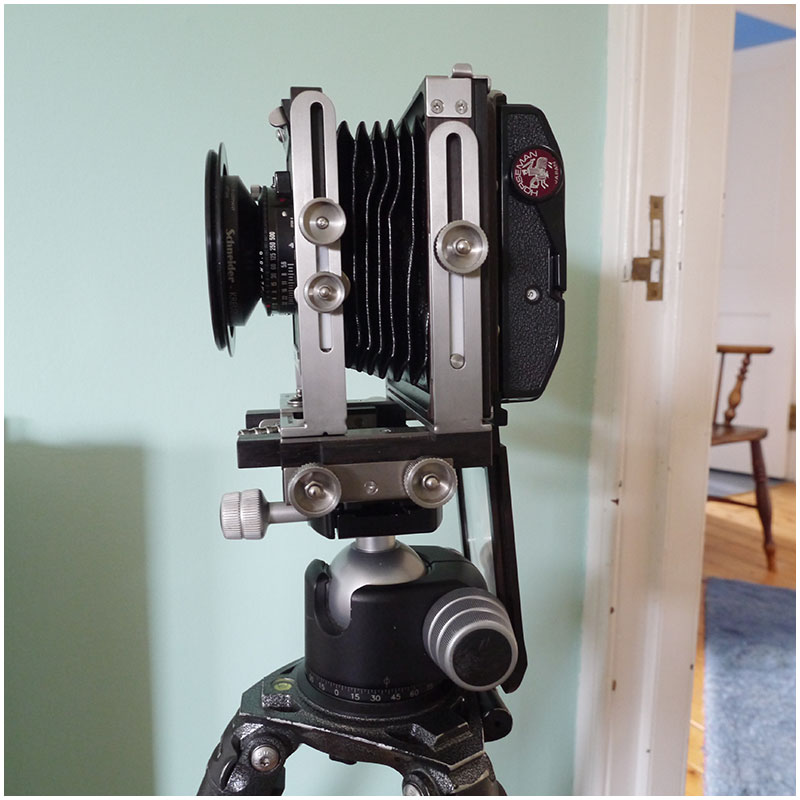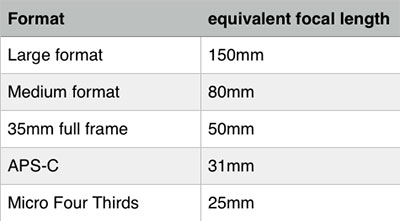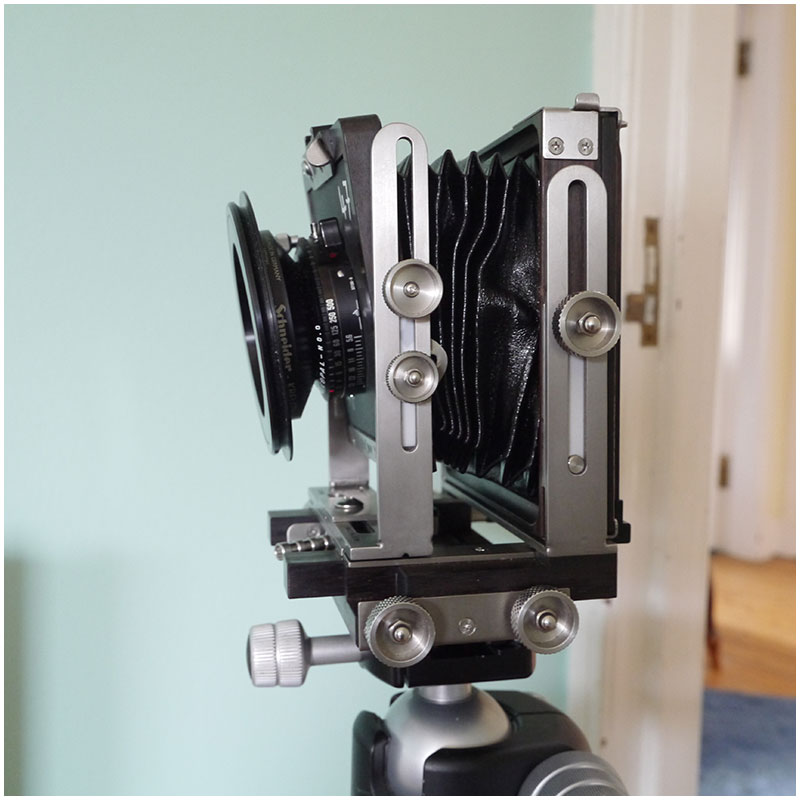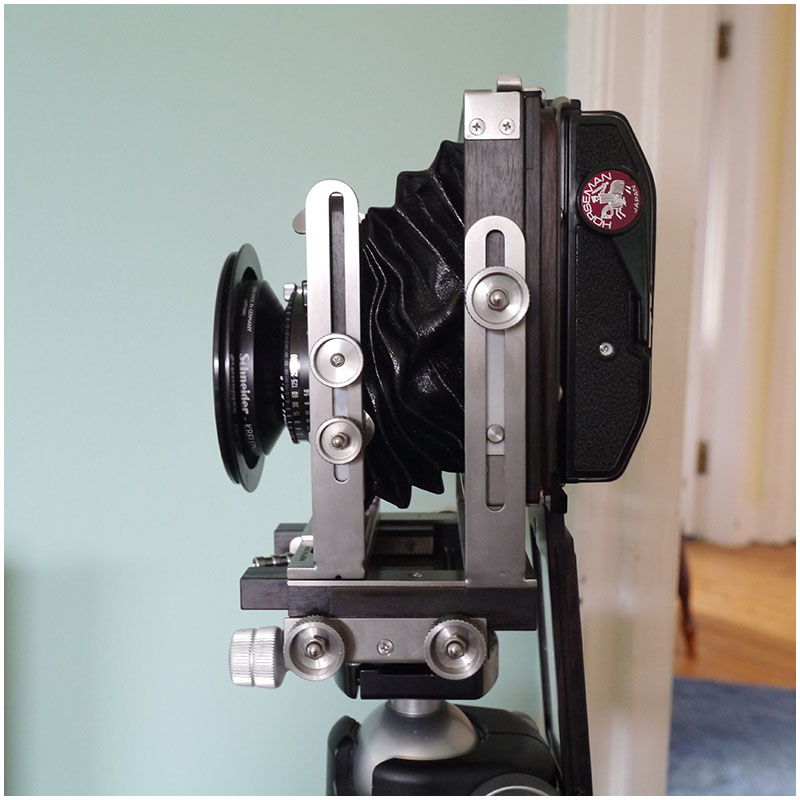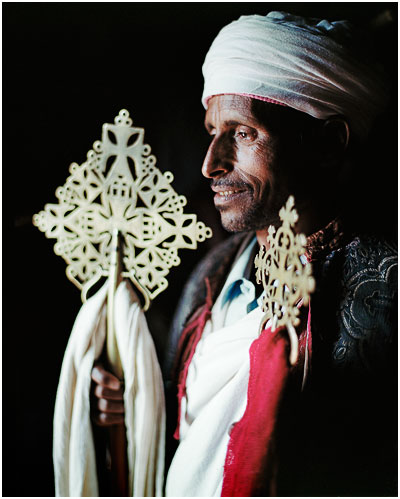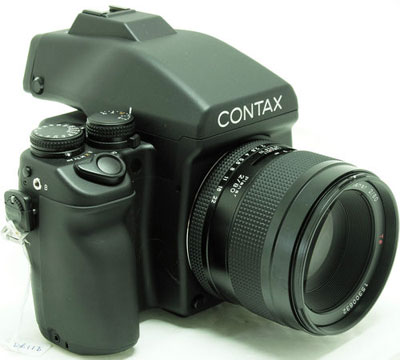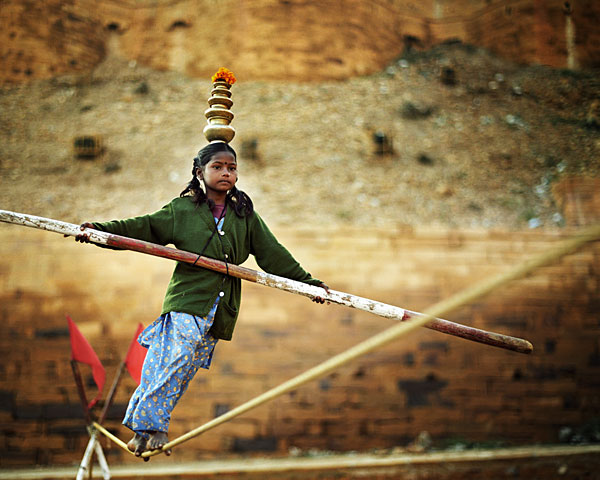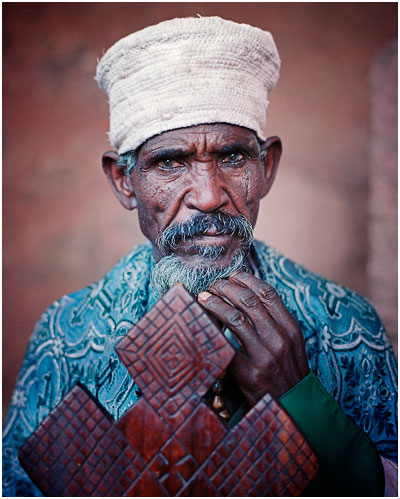I’m in Iceland right now. Everyone is saying the weather has been very challenging since December. With one storm front after another sweeping the country every four days or so, it’s been quite an adventure to be here.
And today they say we have the worst storm this winter (see weather chart below). The cabin I am in is shaking with the wind :-)
Big storm today (Saturday 14th March) means we're staying indoors :-)
I’ve had a few equipment failures in the past two weeks during my travels. One of my Mamiya 7 cameras was pushed over by the extreme winds and the outer casing of the body literally shattered in two. It’s now being held together by some duct tape which I always bring with me. I’m convinced it still works, but it’s been put away in my bag while I use a spare body that I always carry with me now.
Years ago, when I was a hobbyist, I had one of everything: one camera, one tripod, one light meter. I could keep these items for many years and see little wear and tear on them. But over the past few years of being out on location more often than not, I’ve been finding that I seem to be going through tripods every few years, Lee filters every six months and sometimes Sekonic light meters every year or so too - my second failure in equipment this week has been a Sekonic 758DR light meter which had been working perfectly fine all the duration of the trip but didn’t come on one morning after being stowed away in a cold camera bag for a few days.
I’ve been thinking about how my backup strategy is just getting more involved. I now travel with two of everything and I think I will be changing my plan to travel with three copies of the vital things in future (camera bodies and light meters and ball-heads).
I have two sets of clothing: two sets of gloves, two sets of waterproof shells, several hats (I keep losing them), and now I will be travelling with at least two camera bodies, and at least two light meters.
I love to look after my equipment and I like to have nice copies of everything I own. Mostly it’s because I treasure my equipment, but there is also a more practical side to this: if I have equipment that is well looked after, it will be less likely to fail. So although I use my equipment a lot, and it is used in sometimes very challenging weather conditions, I don’t abuse it either.
I’m not sore or sorry for the failures in the equipment I’ve brought with me. I’m quite philosophical about it, as the way I see it, the equipment you buy is meant to be used. It's not meant to be coveted or kept out of the rain or snow. It's there to be used to photograph the things you see and experience. If you use your equipment a lot in challenging situations, failures from time to time are going to happen and they should be expected also.
Photography is about getting out there. If we restrict ourselves to being fair-weather shooters only, then our photography will be restricted to a very small avenue of possibilities also.
Equipment is there to be used. It it gets used a lot, it will get damaged and fail from time to time. I have accepted that this is part of the price for getting out there and making images.
And image making is after all, what we are here for :-)






